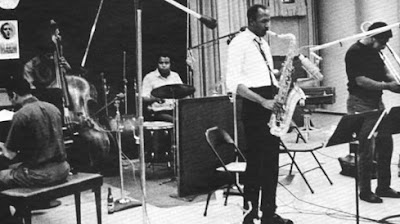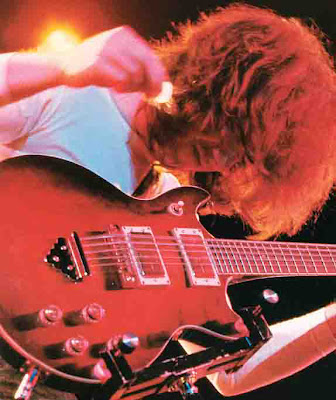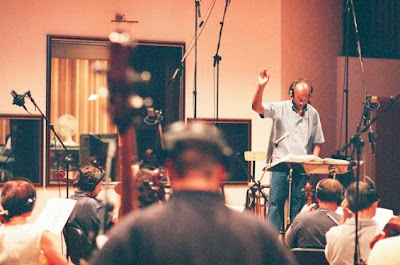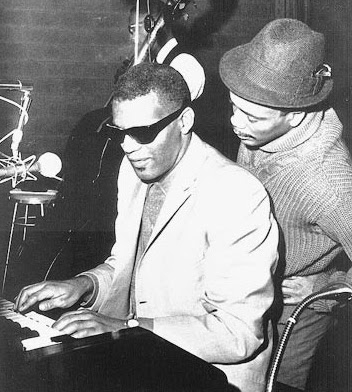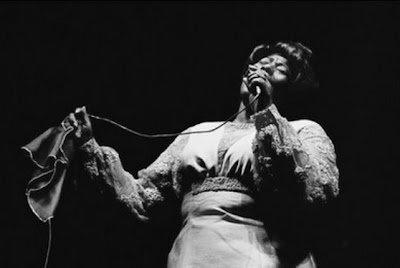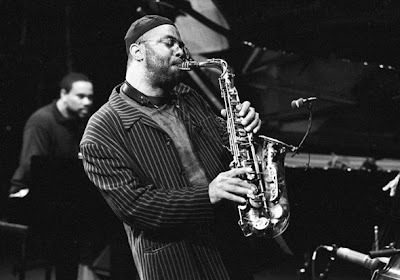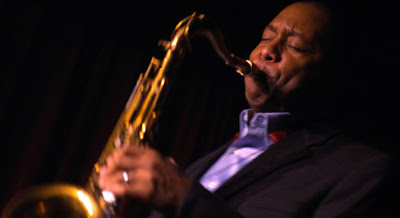Montréal Jazz Festival
The Montreal Jazz Festival began in 1980; it's since grown to be the most important event of the sort (2004 Guinness World Record). Throughout ten days, traffic is closed for some part of Montréal downtown, because the two-thirds part of the all performances actually are free outside shows and are prevailed several stages at identical time. The Festival is held historically the last week of June and therefore the initial of July, the free outside shows starts around noon and that they last until midnight. The concerts are held in an exceedingly wide range of venues, from comparatively tiny jazz clubs to the big concert halls of the P.D.A. (Place des Arts) and after all the ten free outside stages.
Since the primary Festival de Jazz de Montreal, the event has options Jazz legends like Miles Davis, Sonny Rollins, Dave Brubeck, Ornette Coleman, Sara Vaughan, and many other legends. Also the Jazz legends from Montreal itself like Oscar Peterson, Leonard Cohen and Oliver Jones have conjointly been featured. The list is spectacular and every year nice acts take part.
 |
| Montréal Jazz Festival |
New Orleans Jazz and Heritage Festival
New Orleans is a very special festival you can attend; all, from the peoples to the atmosphere, the food, the clothes,..anything. Jazz was born in New Orleans and nowadays the festival is called the New Orleans Jazz & Heritage. Start in 1970 when Newport jazz Festival's behind the scene jazz impresario, George Wein, was employed to style and turn out a singular Festival for brand new Orleans. Wein’s concept of the Louisiana Heritage honest an oversized daytime honest together with a night concert series, convince be standard and it still work nowadays. Quint Davis and Allison Miner, 2 young New Orleans music enthusiasts, were brought aboard to figure on the event.
Today with twelve stages which each of them offering various genres/subgenres as; jazz, R&B, funk, gospel, African, Cajun, Blues, Rock, Latin and Caribbean music, it is rest assured that this festival it's indeed a distinctive Festival. If you attend the concert, bring back one among their limited-edition silkscreen posters, currently recognized joined of the foremost standard poster series within the world, it created its debut in 1972. The event has showcased most of the nice artists of latest Orleans and Louisiana and a large mixture of internationally renowned guests.
 |
| New Orleans Jazz and Heritage Festival |
Le Festival de Jazz de Montreux
Claude Nobs, a jazz enthusiast, started the very first of the Festival in 1967, on Lake Geneva’s shoreline, in Switzerland. It’s currently the foremost famous of all, it's featured Jazz greats and also different well established musician of different genres than jazz like; Eric Clapton and Prince.
Originally a pure Jazz Festival, the Montreux Jazz Festival unfolded within the Nineteen Seventies. throughout the 1971 Festival a fireplace broke at the Casino throughout a Frank Zappa concert. It impressed Deep Purple to jot down their famous song about it. About more than two hundred thousand music and particularly jazz lovers attend the Montreux Jazz Festival which held in June and it last a pair of weeks.
 |
| Ella Fitzgerald live at 1969 Montreux Jazz Festival |
Newport Jazz Festival
The Newport Jazz is that the grand daddy of North yank Jazz festivals. In 1954, a famous Impresario of jazz named Mr.George Wein, presented the primary Newport Jazz Festival. it absolutely was the primary annual jazz Festival in America, 11,000 folks showed up to the Newport Casino to listen to Bille vacation and different legendary performers. In 1955 Miles Davis created one among the foremost famous performances together with his solo on “Round midnight”, to be followed consequent year, in 1956 by the Duke Ellington band and their lengthy performance of “Diminuendo and Crescendo in Blues. Since, it's hosted to a number of the best acts in Jazz. Since them different historic performances are performed at the Festival.
Although the Newport Jazz Festival wasn't held per annum since then which it modified venues and town, it’s back in Newport, Rhode Island, a town that is famed for its spectacular coastal scenery and jaw dropping design. The Festival takes place three days in August.
 |
| Newport Jazz Festival |
 |
| Duke Ellington, Jimmy Rushing, Louis Armstrong, Billy Strahorn with Photomodels at 1962 Newport Jazz Festival |
Monterey Jazz Festival
Located 112 miles (180Km) from San Francisco, CA and held three days in September, this festival is the longest days of any other jazz festival like it in North America, welcomes you to an incredible location… Monterey CA. Since its starting in 1958, the three day event has perpetually been prevailed the bottom of central California's Monterey Fairgrounds. The seven Grounds Stages (3 outside and four indoor), scattered over the 20-acre oak studded Monterey County Fairgrounds, can options seventy eight events prevailed Friday Night, Saturday and Sunday. The outside stages embody the Arena/Jimmy Lyons Stage, the Garden Stage and therefore the Courtyard Stage. Indoor stages embody the Night Club/Bill Berry Stage, Dizzy's Den, the Jazz Theater and therefore the occasional House Gallery.
Beside performances of many Jazz legends, the Monterey Jazz Festival is over a music event has it conjointly features; an array of instructional program, panel discussions, workshops and exhibitions. there's conjointly place for searching and West Coast cuisine.
 |
| Monterey Jazz Festival |
Jazz in Marciac
Marciac is found 488 miles (777Km) from of Paris, within the south of France and solely eighty miles (128 Km) West of Toulouse. This event takes place at the top of July and therefore the starting of August. This Festival founded in 1978 by jean Louis Guilhaumon, welcomes over two hundred,000 guests a year and it’s one among the key Jazz festivals in Europe. throughout the two week, the medieval center of city hosts this fantastic free event below a large tent, capable of entertaining between five,000 and 6,000 people. The wide range of restaurants and bar options jazz musicians performing for his or her guests. Trumpet player Wynton Marsalis has been the ambassador or icon at giant of this very festival since 1991. In this town, at the place du Chevalier d’Antras, a statue has been erected for honouring him.
 |
| View from stage at Jazz in Marciac |
Copenhagen Jazz Festival
This fantastic event hosted within the Danish capital began in 1979. Sonny Rollins who played the primary year mention; "Jazz representsany kind of music. Everything is and is expressed through jazz and thru the medium improvisation, this is often the very best variety of having the ability to form music. Jazz is just like the days. nowadays it absolutely was cloudy, currently it's sunny. that is jazz. You never understand, what's happening,"
Ever since 250,000 folks come back every year to the current special Festival, it's held at the start of July per annum. The Copenhagen Jazz Festival is one among the Europe's biggest and most revered music events. The Festival presents jazz in distinctive surroundings its trademark. a number of their original venues embody an recent, East-German trawler, the historic Royal Danish Theatre, the country Tivoli Gardens and an recent printing plant, to call simply some.
It options the work of Danish Jazzmen together with international acts. Over 1,000 concerts are featured per annum. Many great legendary and new rising stars of (jazz) musicians have played at the Copenhagen Jazz Festival.
 |
| View from backstage at Copenhagen Jazz Festival |
Paris Jazz Festival
The Paris Jazz Festival is an annual summer event prevailed the grounds of the Parc Floral. The concerts occur each Saturday and Sunday throughout June and July. they're free, however there's a really cheap fee to enter the Park, the gigs begin around 3pm.
Even if the Festival is at an early stage in its career, it will options quality acts. Since the concerts run practically all summer, you must look it up if you're in Paris throughout that point. Paris Jazz Festival
 |
| Ahmad jamal and Yusef Lateef at a promo flyer for 2012 Paris Jazz Festival |
Vancouver International Jazz Festival
The Vancouver International Jazz Festival began in 1986, within the wake of Expo eighty six. because of the Coastal Jazz and Blues Society, it absolutely was solid from the beginning having a star studded lineup together with Jazz greats. Since then the Festival has become the highest event within the North West.
The 10 day event offers four hundred gigs held in major venues; The Orpheum, Ironworks, Vogue Theatre, SFU Woodward’s, the Venue, the Performance Works and therefore the Center, of those over a hundred thirty are free concerts and that they are held in open public spaces, like parks and public plazas, and also in selected indoor venues like concert hall. Over 460,000 folks comes every year to the Vancouver Jazz Festival
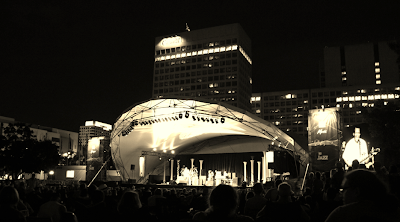 |
| Vancouver International Jazz Festival |
Nice Jazz Festival
The first was in 1948, Nice Jazz Festival was started a decade earlier before the festival of Monterey. Nice Festival has been held non-stop ever since. The French Riviera’s five days event is that the initial international Jazz Festival value that name and it’s in all probability the flashiest and therefore the most prestigious. It embarked on with Louis Armstrong and his All Stars has the headliners. Since then the most important names in jazz have all played here.
 |
| Nice Jazz Festival |
The Nice Jazz Festivalwas held till 2011, within the Roman ruins of the Jardins de Cimiez. Since, then the celebrated event has been moved to the middle of city. There are a pair of venues at the Jardin Albert I, each are connected by walkways, admission includes each venues.
____________________








